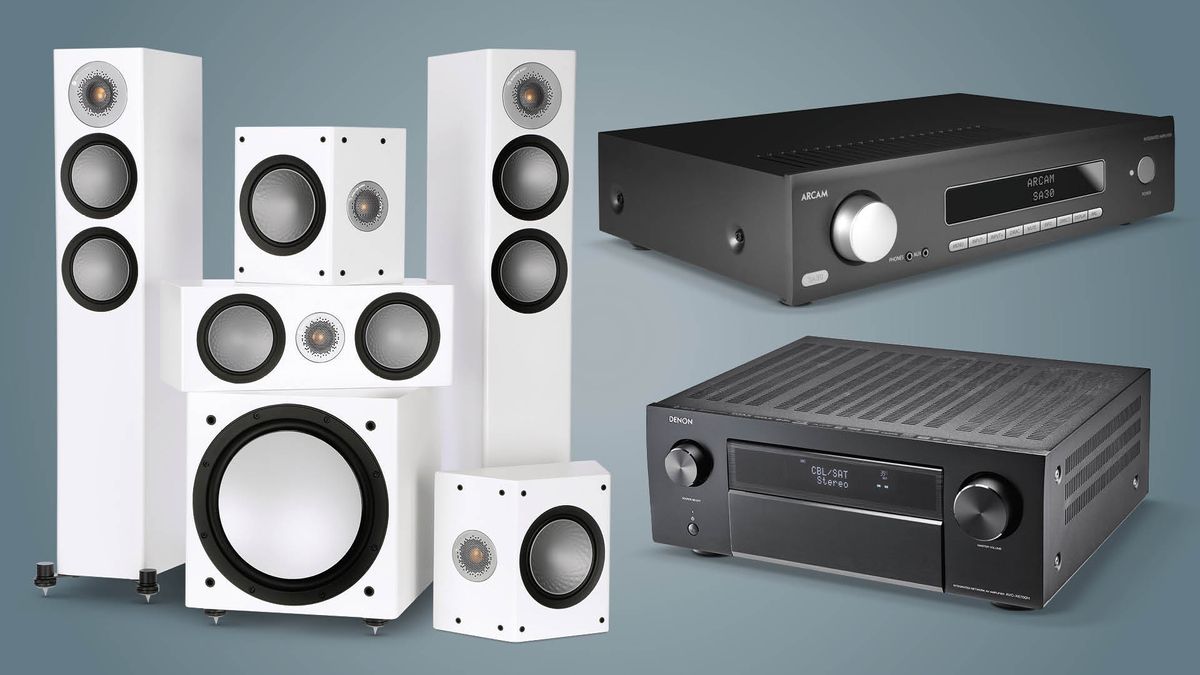rpmahale
Well-Known Member
I am bit in different situation . I have two avr at home Denon AVR 2113 ( 95 W*2 ) and Marantz NR 1608 (50W*2- with Dolby Atmos/DTS X ). I also have Pioneer BDP 450 Blu Ray player with dual HDMI out put. I have decided to connect both the AVR to Blu Ray player via dual HDMI out . Also plan to connect LCR speakers to Denon and surround back & front hight ( Atmos) to Marantz avr. I have calibrated both the AVR independently with same set of speakers and have almost same calibration result. HDMI out of Denon AVR will be connected to display unit. Now to which AVR shall I connect subwoofer. Denon or Marantz. With Marantz, subwoofer is more controlled and impactful . Which precaution shall I need to take while making such arrangement . I may connect FL, FR, SL,SR on Denon and C, Atmos L, Atmos R on Marantz. Both AVR will run simultaneously but will power different set of speakers from 5.1.2 mode. Please share thoughts....



